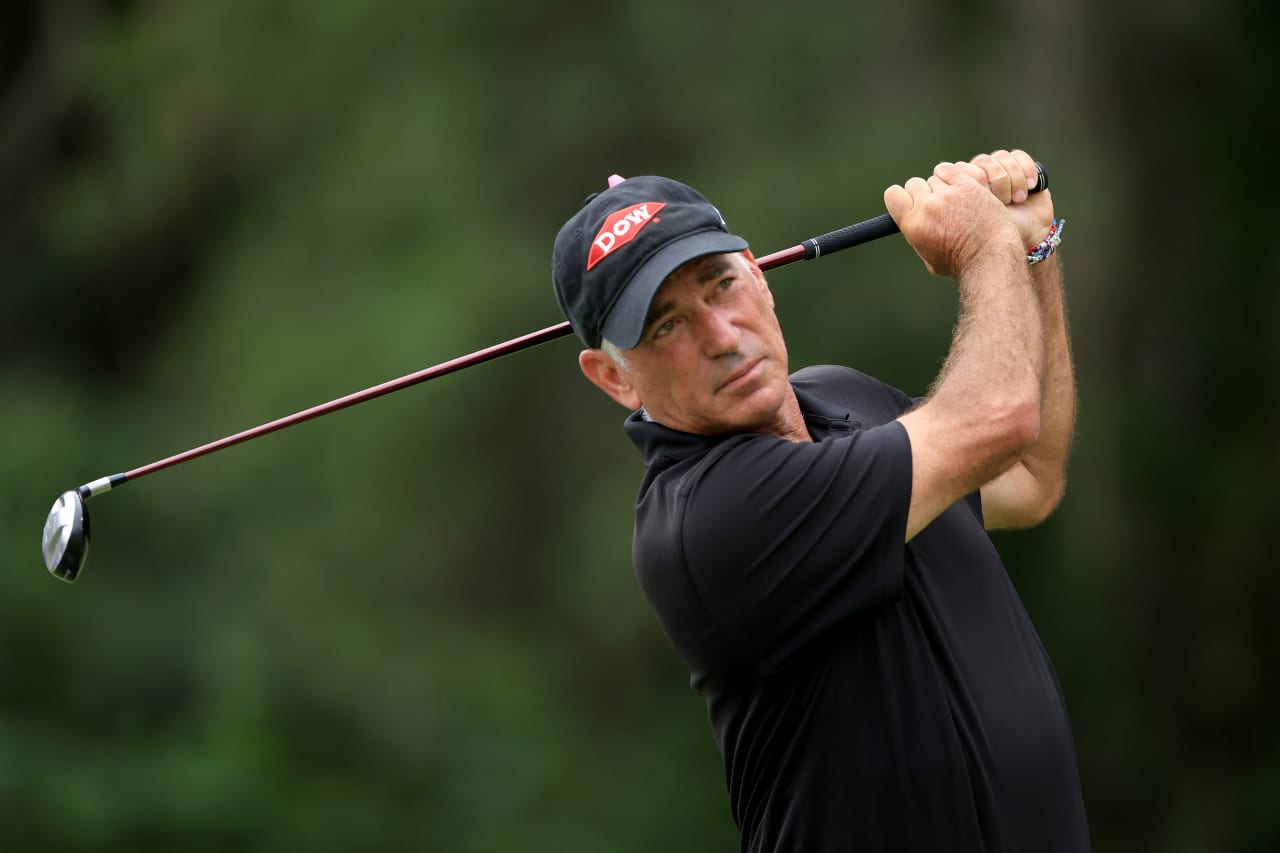Apple’s Ensemble Act Is Working Again
Tech giant’s iPhone dependence has shrunk, as iPad, Mac, Wearables and Services all pick up growth.
It’s as good a time as any to talk about Apple Inc. without the iPhone.
No, the iconic smartphone isn’t going anywhere. In fact, Apple just reported Tuesday afternoon that iPhone revenue totaled $39.6 billion for its fiscal third quarter ended June 26, up 50% from the same period last year. That represents the best growth the iPhone has seen in six years for what is typically its weakest seasonal quarter, as many buyers begin waiting to make purchases ahead of new devices that typically debut in the early fall.
Wall Street expects Apple to close its fiscal year in September with record iPhone revenue of nearly $187 billion, which would make its phone segment alone the 10th largest business on the S&P 500. But a funny thing has happened over the past few years: The iPhone has also become a notably smaller part of Apple’s business. At the smartphone’s last sales peak in fiscal 2018, the iPhone represented 62% of the company’s total revenue. For the trailing 12-month period ended in June, that number was 52%.
For that performance, Apple can thank its supporting cast across the board. Sales of iPads, Macs and wearables like the Apple Watch and AirPods have boomed over the past three quarters, while service revenue growth also picked up. Macs and iPads were definitely helped by the work-from-home trend sparked by the pandemic, but Apple also made some timely and notable updates to both lineups—including new in-house chips for several of its Mac models. Combined Mac sales for the last three quarters have totalled $26 billion—up 33% from the same period last year.
That’s a helpful trend for Apple as it heads into what will likely be a much more subdued sales cycle for the iPhone. Last year’s iPhone 12 models, which featured a new design and 5G connectivity for the first time, sparked a major upgrade push. Analysts estimate that Apple sold 186 million iPhone units for the nine-month period ended June, up 26% from the same period last year, according to consensus estimates from Visible Alpha. But Apple typically follows major upgrades with minor ones. Analysts expect iPhone unit sales to be flat in Apple’s 2022 fiscal year following a 22% surge for the current one.
The big question is whether the supporting acts can keep stepping up. The remote-work boost from the pandemic is already fading, as evidenced by a notable slowdown in PC sales during the second quarter, as reported by market-tracking firms IDC and Gartner. Apple is also still contending with the chip shortage. Chief Financial Officer Luca Maestri said on Tuesday’s conference call that the company expects supply constraints to worsen in the September quarter relative to June, mostly affecting the iPhone and iPad.
Still, Mr. Maestri projected the company will deliver “very strong double-digit” revenue growth for its fiscal fourth quarter. With a market value of nearly $2.5 trillion and a stock still at a relatively high multiple of about 28 times forward earnings, Apple can’t afford to have any of its businesses start phoning it in.
Reprinted by permission of The Wall Street Journal, Copyright 2021 Dow Jones & Company. Inc. All Rights Reserved Worldwide. Original date of publication: June 27, 2021
 Copyright 2020, Dow Jones & Company, Inc. All Rights Reserved Worldwide. LEARN MORE
Copyright 2020, Dow Jones & Company, Inc. All Rights Reserved Worldwide. LEARN MORE
This stylish family home combines a classic palette and finishes with a flexible floorplan
Just 55 minutes from Sydney, make this your creative getaway located in the majestic Hawkesbury region.
Continued stagflation and cost of living pressures are causing couples to think twice about starting a family, new data has revealed, with long term impacts expected
Australia is in the midst of a ‘baby recession’ with preliminary estimates showing the number of births in 2023 fell by more than four percent to the lowest level since 2006, according to KPMG. The consultancy firm says this reflects the impact of cost-of-living pressures on the feasibility of younger Australians starting a family.
KPMG estimates that 289,100 babies were born in 2023. This compares to 300,684 babies in 2022 and 309,996 in 2021, according to the Australian Bureau of Statistics (ABS). KPMG urban economist Terry Rawnsley said weak economic growth often leads to a reduced number of births. In 2023, ABS data shows gross domestic product (GDP) fell to 1.5 percent. Despite the population growing by 2.5 percent in 2023, GDP on a per capita basis went into negative territory, down one percent over the 12 months.
“Birth rates provide insight into long-term population growth as well as the current confidence of Australian families,” said Mr Rawnsley. “We haven’t seen such a sharp drop in births in Australia since the period of economic stagflation in the 1970s, which coincided with the initial widespread adoption of the contraceptive pill.”
Mr Rawnsley said many Australian couples delayed starting a family while the pandemic played out in 2020. The number of births fell from 305,832 in 2019 to 294,369 in 2020. Then in 2021, strong employment and vast amounts of stimulus money, along with high household savings due to lockdowns, gave couples better financial means to have a baby. This led to a rebound in births.
However, the re-opening of the global economy in 2022 led to soaring inflation. By the start of 2023, the Australian consumer price index (CPI) had risen to its highest level since 1990 at 7.8 percent per annum. By that stage, the Reserve Bank had already commenced an aggressive rate-hiking strategy to fight inflation and had raised the cash rate every month between May and December 2022.
Five more rate hikes during 2023 put further pressure on couples with mortgages and put the brakes on family formation. “This combination of the pandemic and rapid economic changes explains the spike and subsequent sharp decline in birth rates we have observed over the past four years,” Mr Rawnsley said.
The impact of high costs of living on couples’ decision to have a baby is highlighted in births data for the capital cities. KPMG estimates there were 60,860 births in Sydney in 2023, down 8.6 percent from 2019. There were 56,270 births in Melbourne, down 7.3 percent. In Perth, there were 25,020 births, down 6 percent, while in Brisbane there were 30,250 births, down 4.3 percent. Canberra was the only capital city where there was no fall in the number of births in 2023 compared to 2019.
“CPI growth in Canberra has been slightly subdued compared to that in other major cities, and the economic outlook has remained strong,” Mr Rawnsley said. “This means families have not been hurting as much as those in other capital cities, and in turn, we’ve seen a stabilisation of births in the ACT.”
This stylish family home combines a classic palette and finishes with a flexible floorplan
Just 55 minutes from Sydney, make this your creative getaway located in the majestic Hawkesbury region.






















